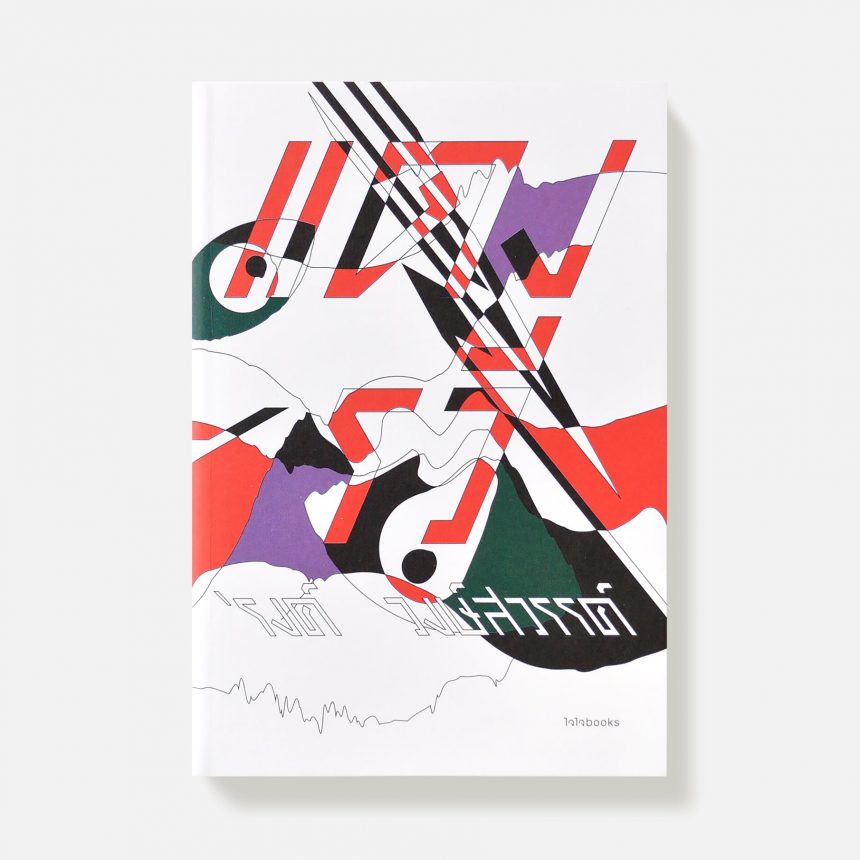Despite having just started designing book covers not long ago, her playful and experimental approach to typography has given her quite a reputation that is bound to make her stand out in this business.
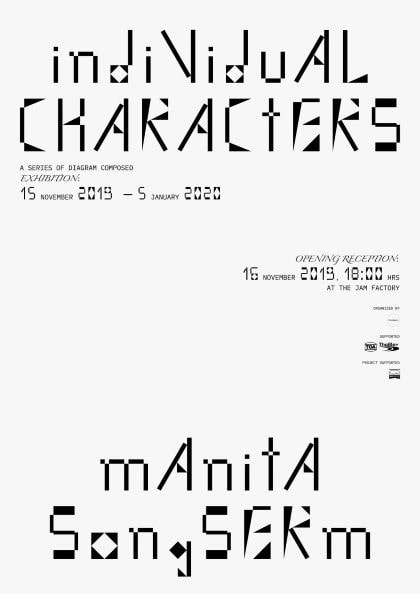
Q: How would you sum up your style?
A: From my viewpoint, my work cannot be labelled from an abstract or concrete perspective. My design direction is always about concept interpretation—making a distinctive solution, to be precise. I try to be adaptable to what I am immersed with. Sometimes, when I analyse multiple sources of information I get influenced by them automatically. When needed to, I can shift my design mindset from minimal to maximum experimentation. My concrete philosophy about this is that people won’t experience the typical impression from the visuals—anything that goes beyond the safe zone. You’ll notice that I always carry a clean and minimal design, but if you take a closer look in detail, there’s a rebel with a cause in there.
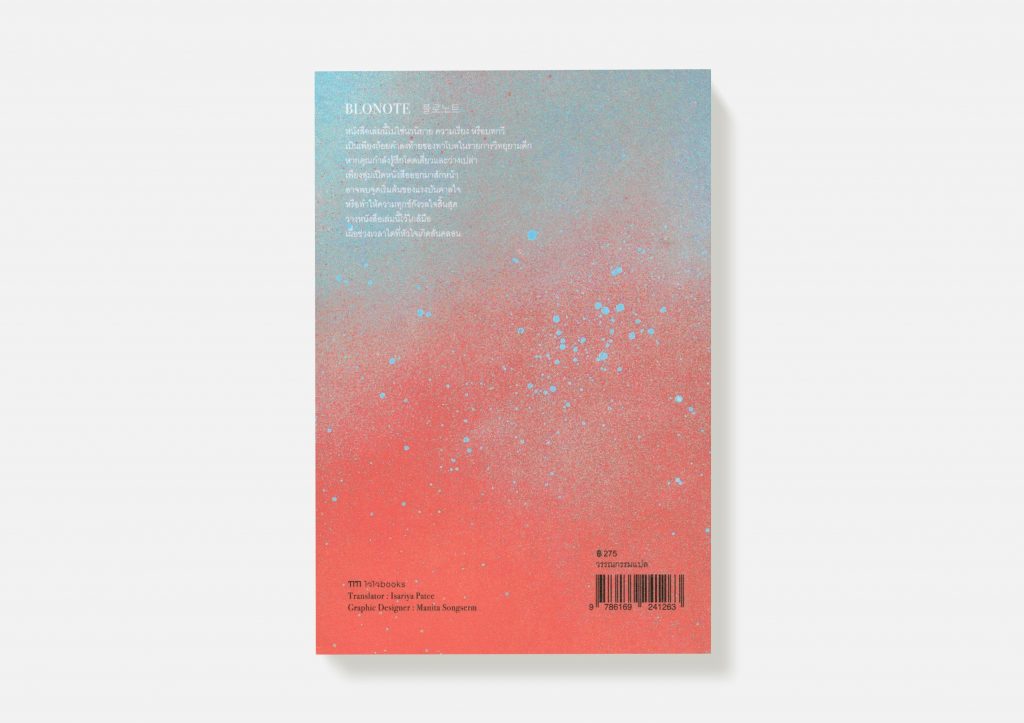
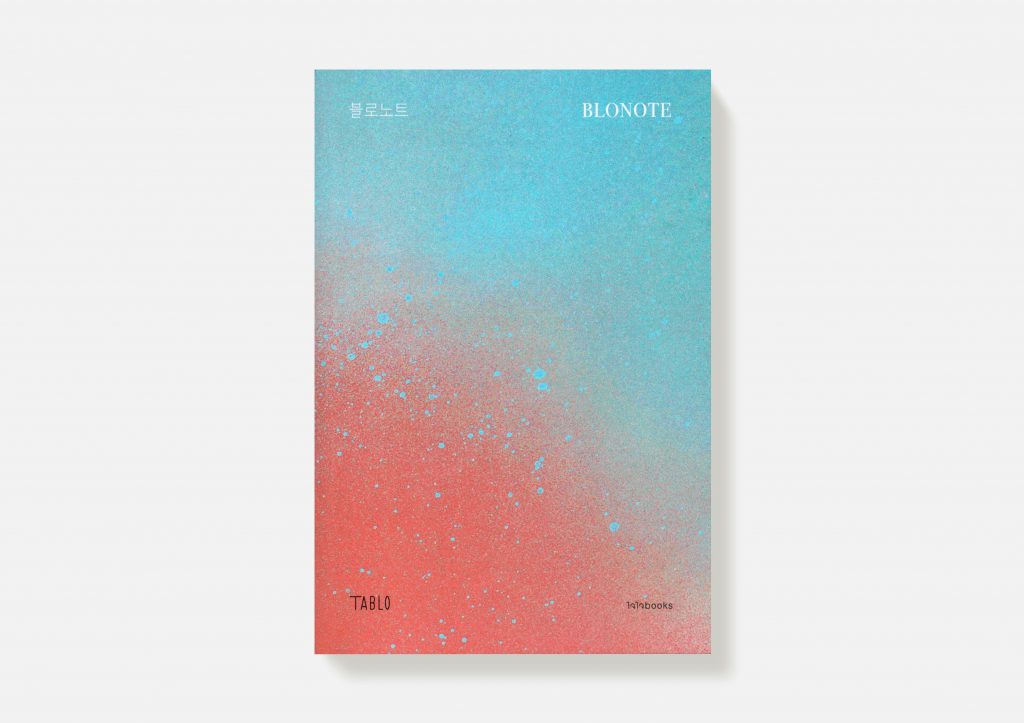
Q: Does your artwork usually come from a lot of experimentation or did you mostly just go with what felt right at the time?
A: Whenever I read a book that I am about to do, or get a brief directly from the clients, I always do more research to get a deeper insight about that specific writer or artist. For example, I may want to find out what issues they are enthusiastic about, or what inspired their works, and which period the work was created in. By surfing through this research, the data received automatically influences my thinking process. Before creating anything, I need to comprehend the subject and really dive into it. Then, I bring those things that interest me in the next stage, which is experimentation and development.
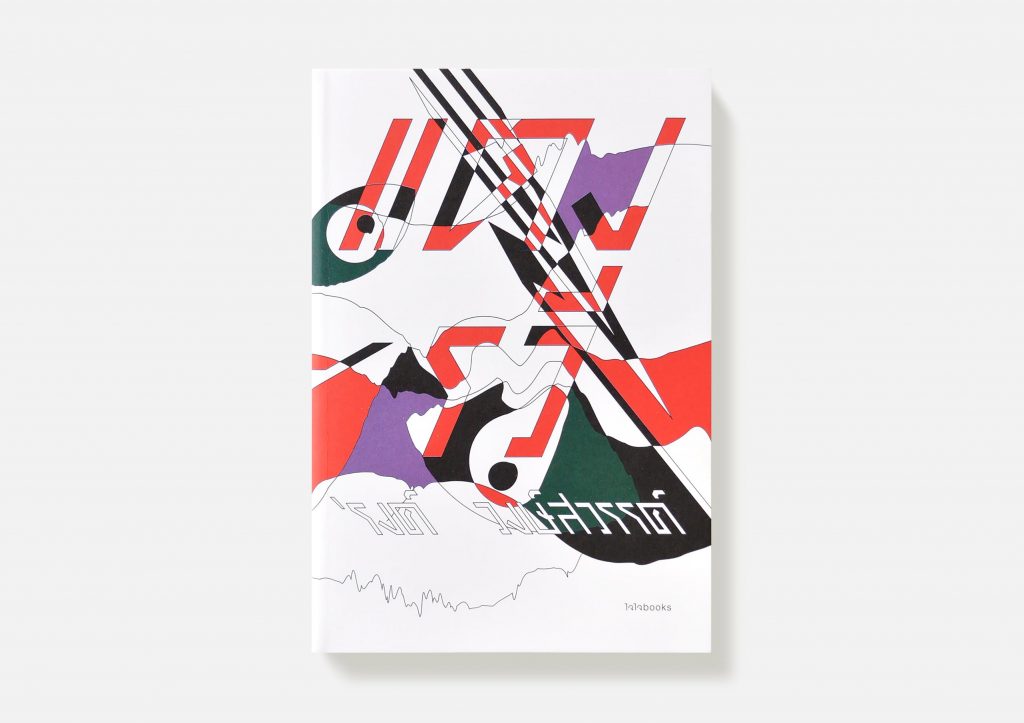
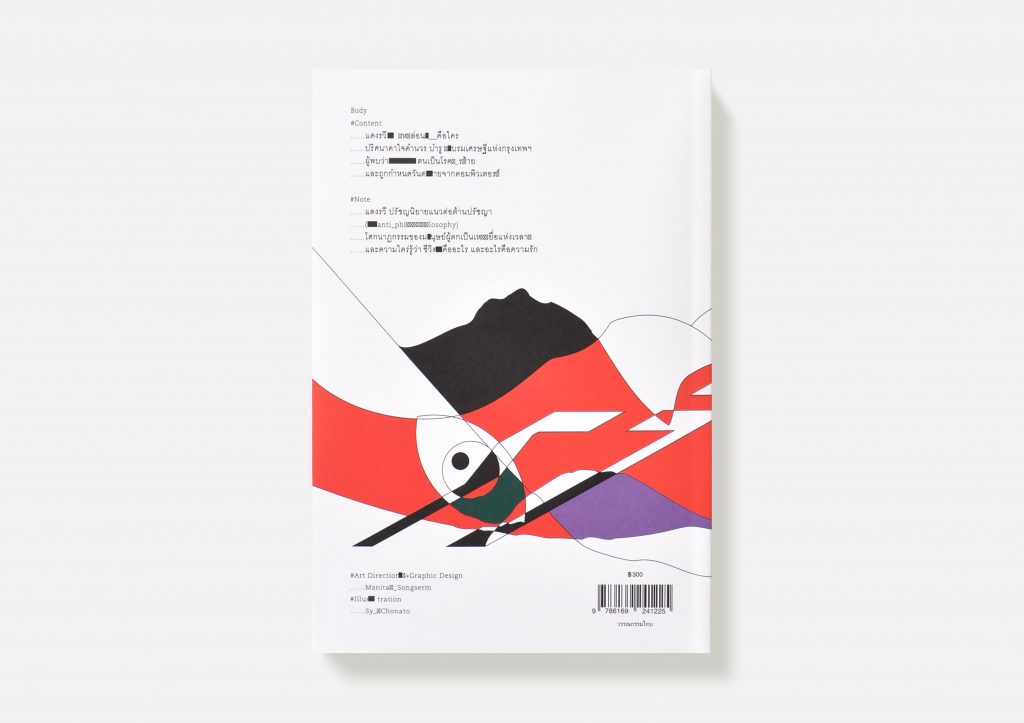
Q: Do you usually start your design process with sketches? How important is this process for you?
A: My notebook contains a lot of keywords and chaotic mind-mapping of details, rather than sketches. So, when another idea pops into my head, I just add it into the group. I spend a lot of time on this process before making a decision on the exact direction of the design. Then, I begin arranging objects on a program’s artboard or sketching some elements by hand. I experiment with these elements until it becomes right and close to my original idea.
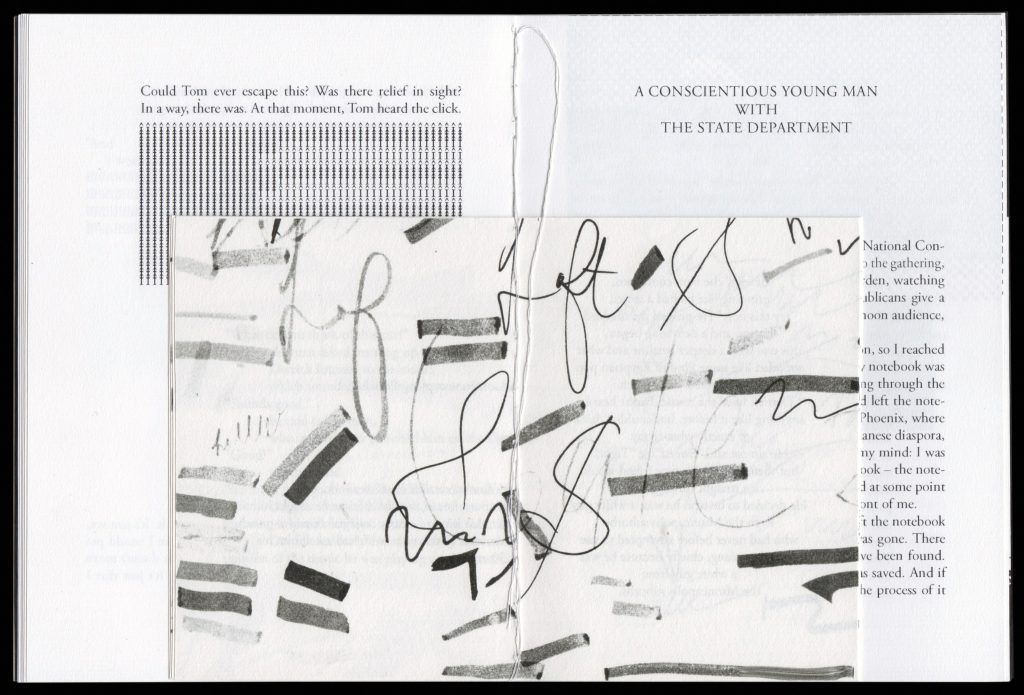
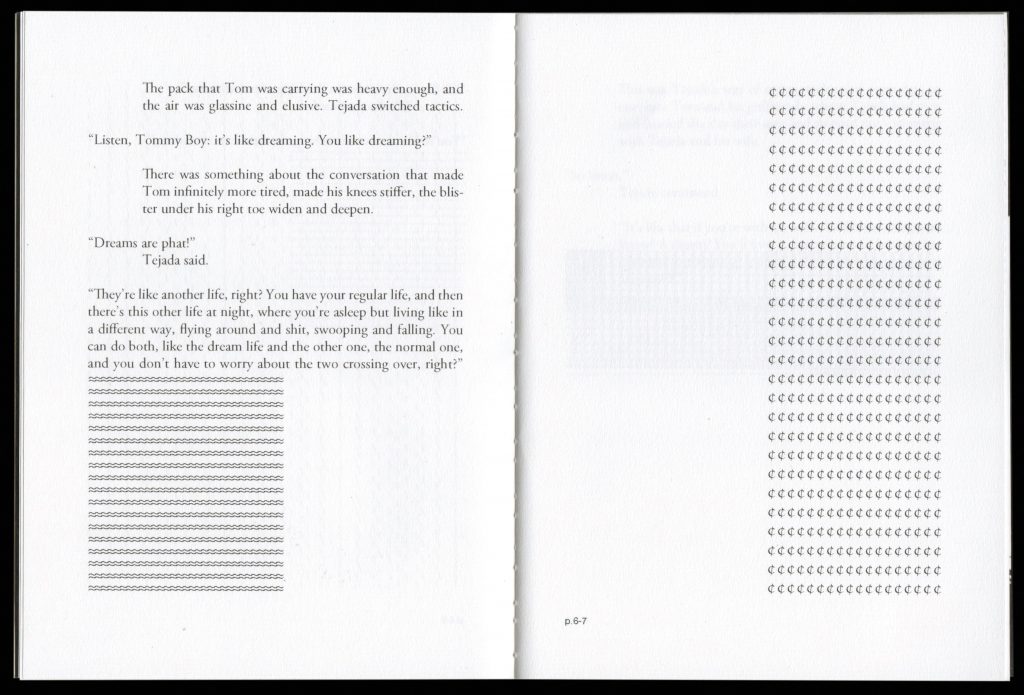
Q: Your self-initiated project ‘Typewriter Art’ plays a lot with using type to create intriguing pieces. Tell us about the goals of this project and your thought process behind it?
A: I initiated the Typewriter Art series when I discovered about myself that I always start my design with type arrangement, which is the very foundation of the publishing process. It involves in-text layout in every book. My work is to organise this massive amount of information into a partition to be proportional on the artboard.
So, I began experimenting with another pattern of arrangement that I can’t usually apply to my ordinary work. I am interested in design program techniques that enable me to play with characters, paragraph style, layout, leading, space between lines, tracking space between characters, kerning the gap between them, etc. Each time I begin putting the text into it, I cannot imagine how the finished work will come out. I just set up my hypothesis, and then give it a try.
For example, in ‘The Two Areas,’ I set up two divided areas to contains the text inside and put them close to each other. These arranged words were names of commands in designing programs that I’m always faced with whenever I’m working. I categorised these words into two groups; authoritative and liberal tone. I arranged these words manually. If they are seen from a distance, they will become a pattern; a wave of text.
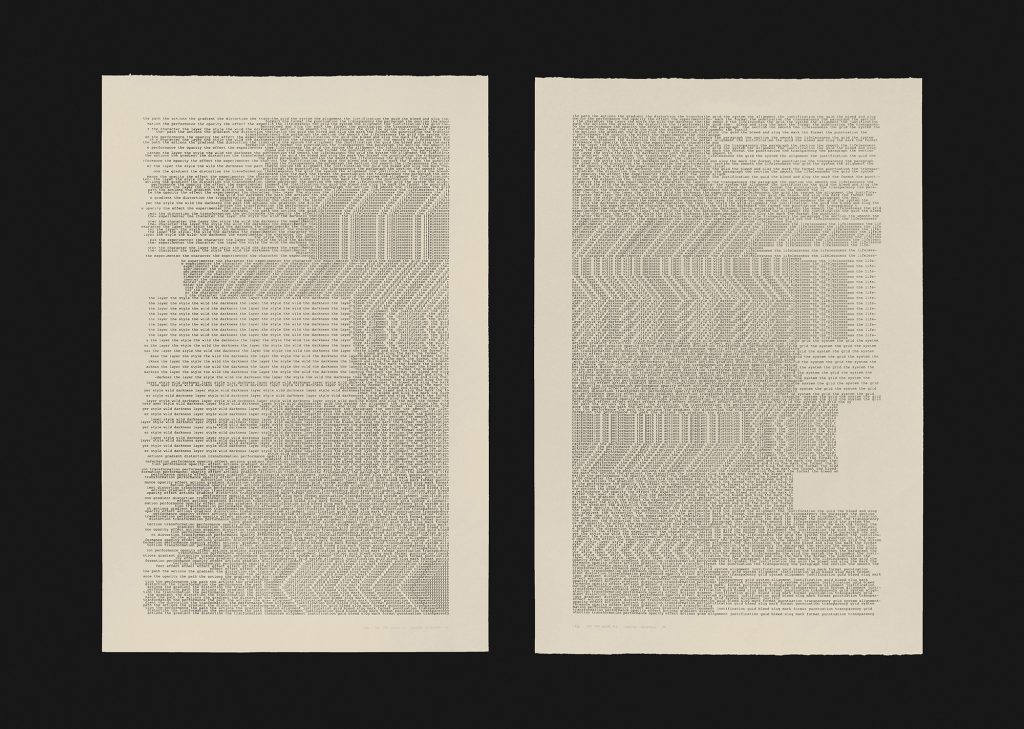
Q: At times, designers have to conform to someone else’s preference, whether they don’t agree with the outcome of a design or not. Do you feel like this tends to put a block on one’s creativity and why?
A: I have experienced working on both projects that allow me to think freely from the start and ones that come with its own limits and conditions. It depends on how we discuss and decide what should be done from the beginning. Even working with full freedom, there can still an obstacle along the way. Working with conditions also challenges me to find alternative ways to overcome unfamiliar concepts. So, it really depends on the extent of a designer’s ability to find the most suitable methods to finish the work. Personally, I am the kind of person who would like to apply and adapt to everything. Every project has its own goal and specific concept that I have to cling to. Nobody can be 100% liberal in her/his works, except when it comes to a self-initiated project.
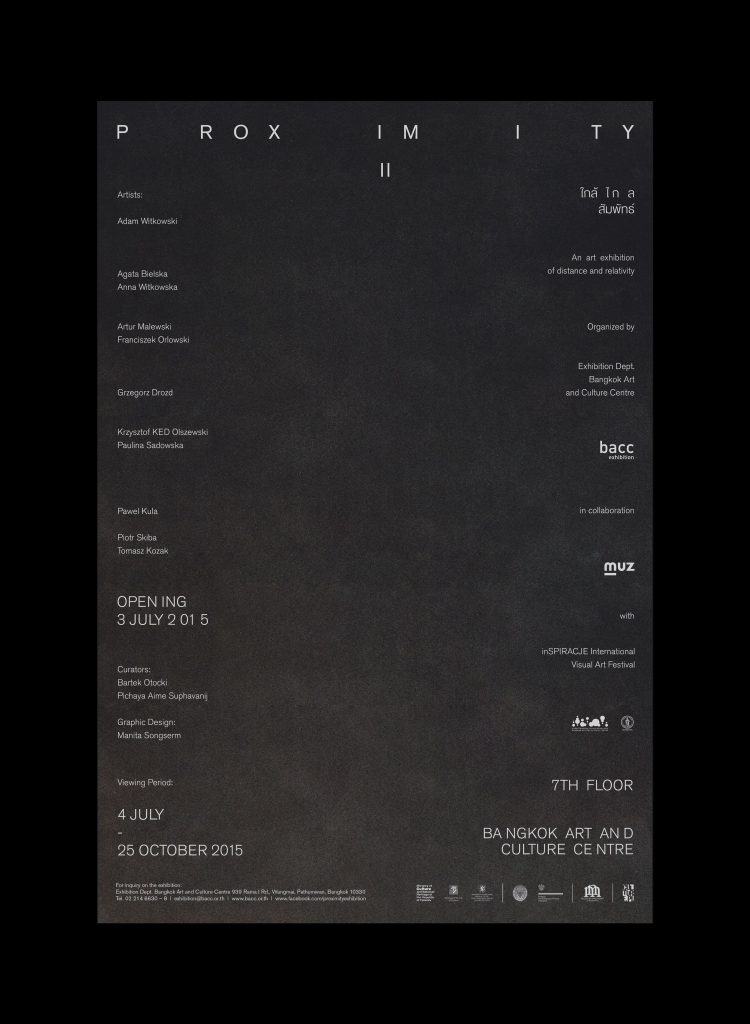
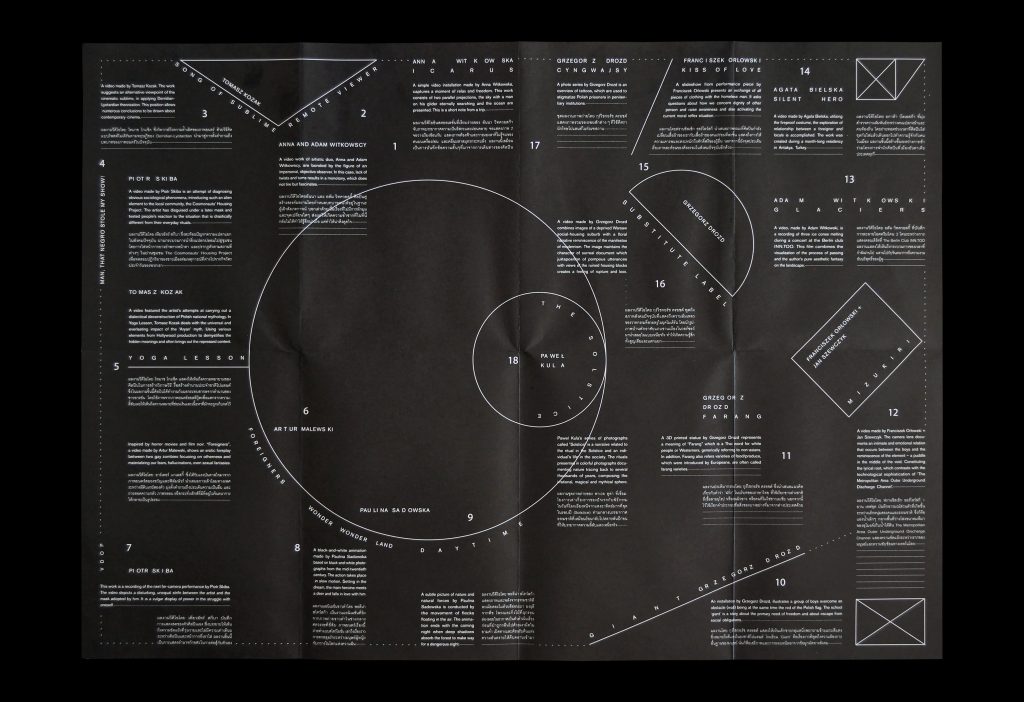
Q: What is your advice to those wanting to follow your footsteps in the field of design?
A: Just do it. Do it repeatedly to emphasise what and who you are. Not in terms of style, but in terms of a thinking process that cannot be found elsewhere except you. Believe in your instinct. Listen to others without losing your identity. Maintain your standard and be responsible. And, of course, be aware of your feelings to ensure that you still enjoy what you do.
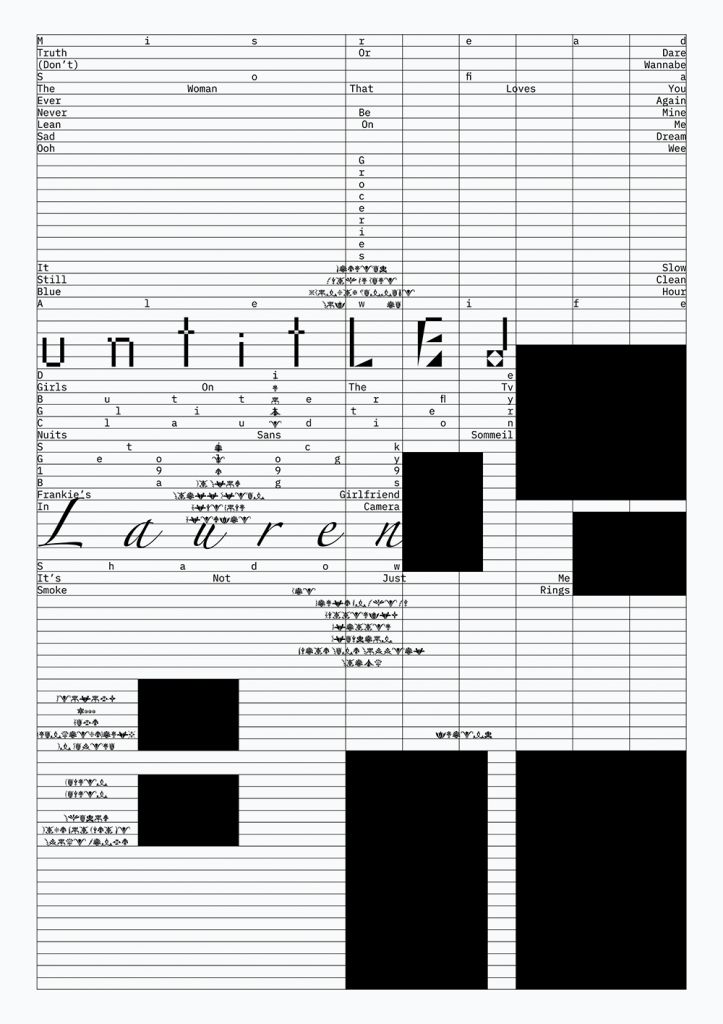
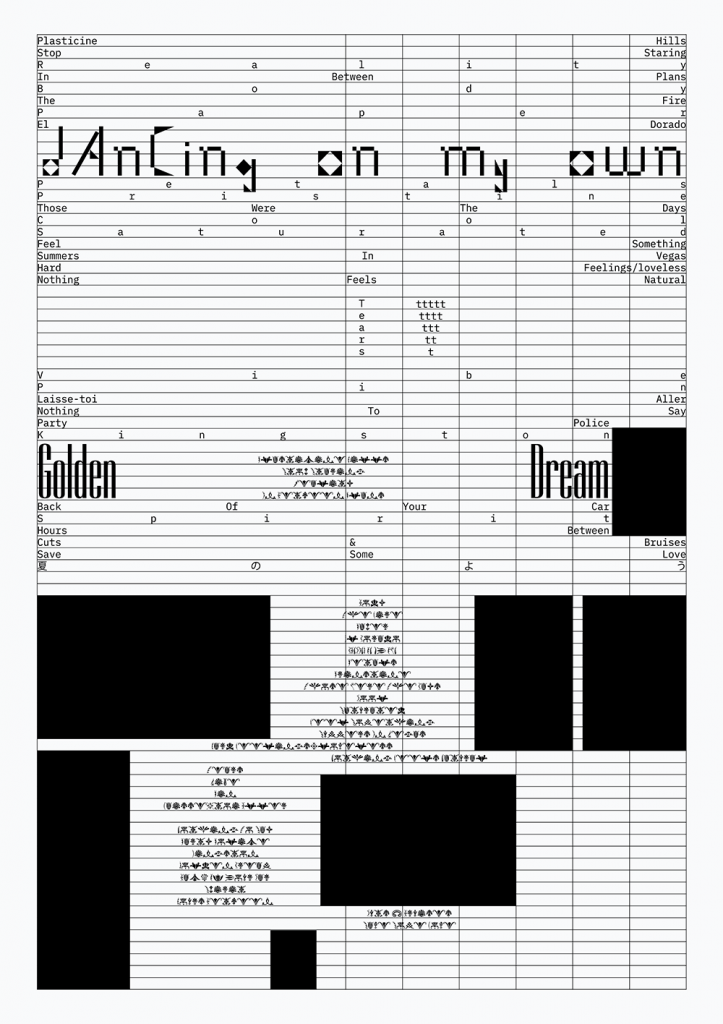
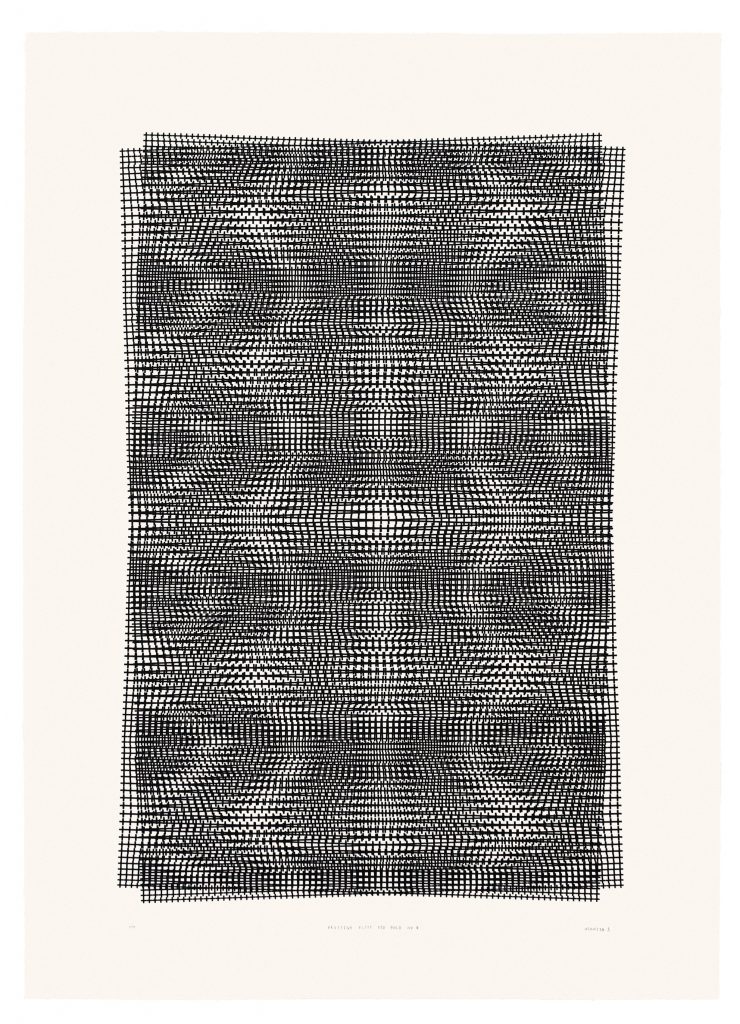
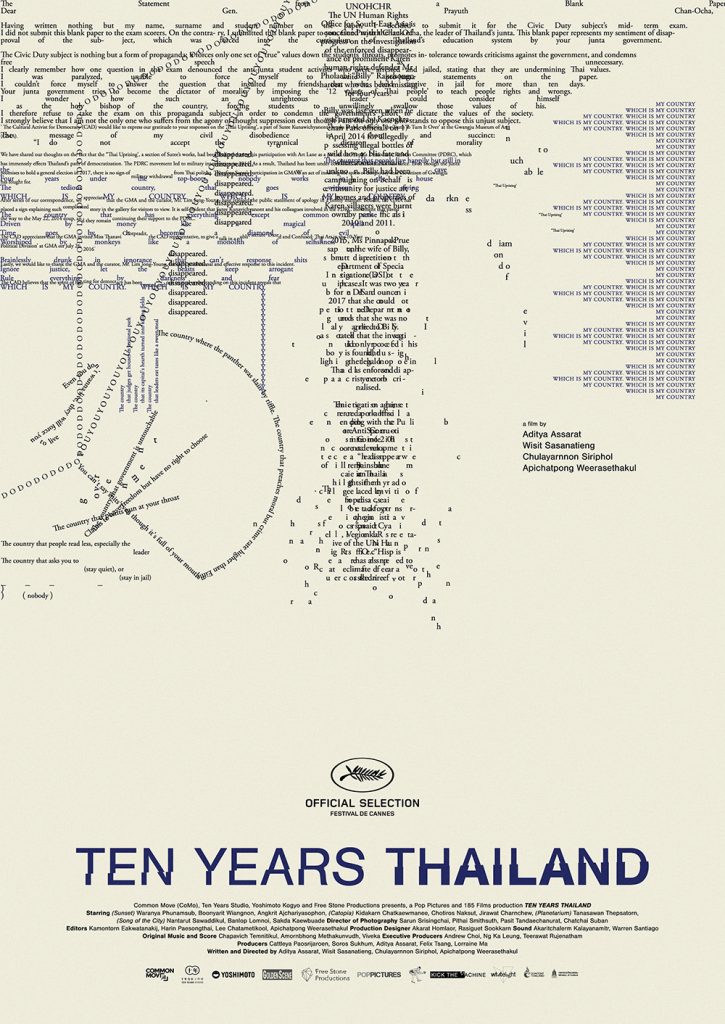
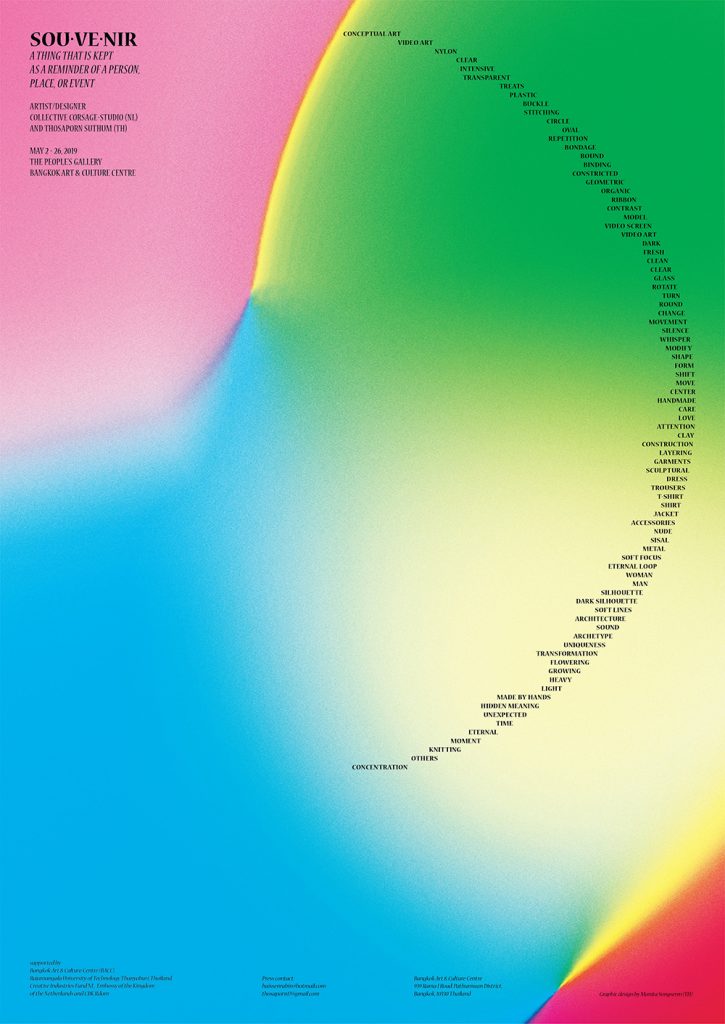
Good things are meant to be shared. 😉 To see more of Manita Songserm’s work, check out the links below!
Tumblr: manita-s.tumblr.com
Instagram: manitaist
